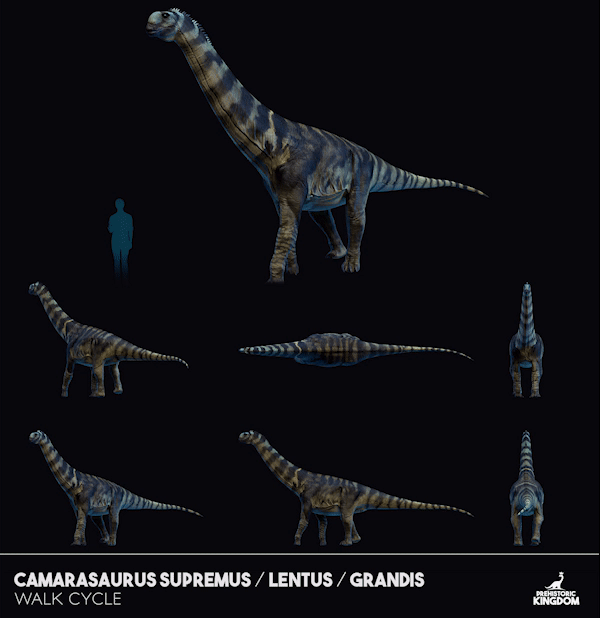

Sauropods were some of the largest and tallest dinosaurs of their day, able to reach high up into trees for food. The Amargasaurus likely had a similar structure and ate the same diet. This dinosaur had long teeth that helped it tear leaves, branches, and other vegetation from plants. The Dicraeosaurus is the most closely related dinosaur with complete skull fragments. They can use their knowledge of related Sauropods as well as similarities and differences in bone structure to determine that the Amargasaurus was an herbivore that ate plants. Only the back portion of the Amargasaurus skull was preserved, making it more difficult for researchers to pinpoint exactly what it ate. Amargasaurus had long teeth that helped it tear leaves, branches, and other vegetation from plants.Įlenarts/ Diet – What Did Amargasaurus Eat? They were circular at the base and tapered at the top. The tallest of these spikes measured around 2 feet in length and were located on the Amargasaurus’ neck. The Amargasaurus’ spikes went the entire length of their neck and tapered off around their shoulder blades. They aren’t sure what purpose these served but may have helped with defense or made the Amargasaurus appear ferocious to predators. Scientists thought these might have been like a sail, but now believe that they were probably covered in keratin like other spiked dinosaurs.

It was one of few Sauropods to have this feature. One of the most distinctive features of the Amargasaurus was the double row of bony spikes on its back. See all of our entertaining and insightful animal articles.


This was still a large dinosaur, however. It weighed around 4-5 tons, on the smaller side for a Sauropod. Its neck was not quite as long as the Apatosaurus or Brontosaurus but was still recognizable as a Sauropod feature. It did have a long neck and tail relative to the rest of its body. It was around 30 feet long from the top of its head to the tip of its tail. While other Sauropods were some of the largest dinosaurs of all time, Amargasaurus was a bit smaller than its relatives. Amargasaurus belonged to the Chordata phylum and Animalia kingdom. Sauropods are characterized by walking on all four legs, having long necks and tails, and having small heads relative to their large size. They included well-known dinosaurs such as the Apatosaurus.Īmargasaurus was part of the Sauropoda clade, identifying it as a Sauropod. These dinosaurs all had long necks and long tails. It was part of the Dicraeosauridae family and the Diplodocoidea superfamily. There is only one known species of Amargasaurus, known by its scientific name Amargasaurus cazaui. Amargasaurus Species, Types, and Scientific Name This herbivore was a Sauropod that lived during the Cretaceous period and is one of the most-studied dinosaurs of the time due to the excellent and complete specimen. When paleontologists discovered the Amargasaurus in 1984 in Argentina, they were amazed that the intact fossilized skeleton included a fragmented skull. Have you ever seen a complete skeleton of a brand new species of dinosaur?


 0 kommentar(er)
0 kommentar(er)
